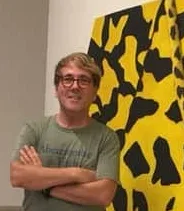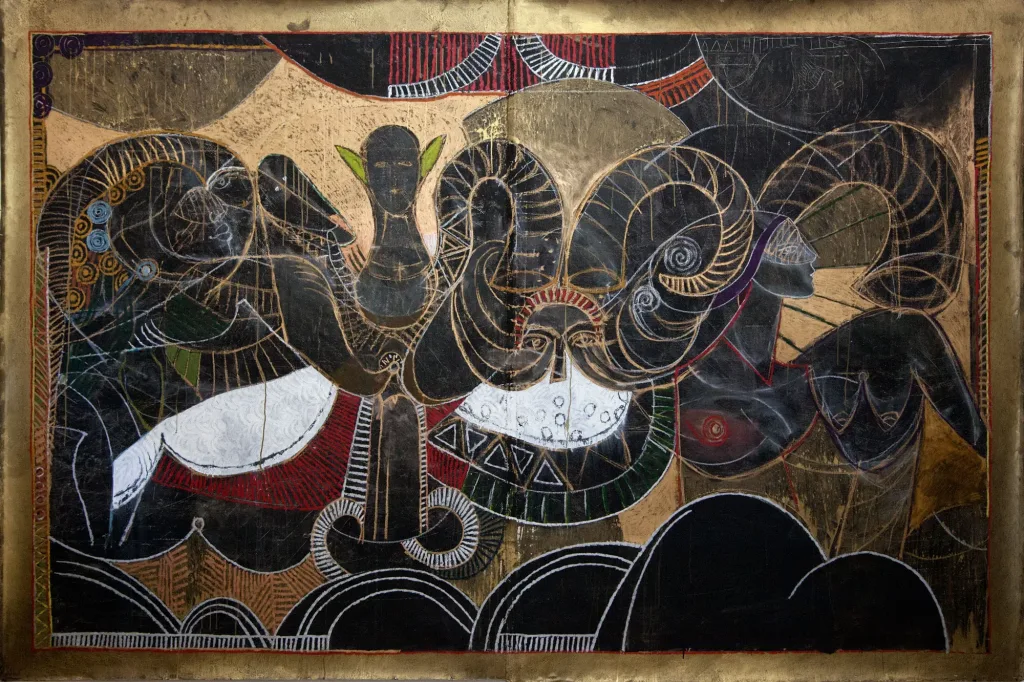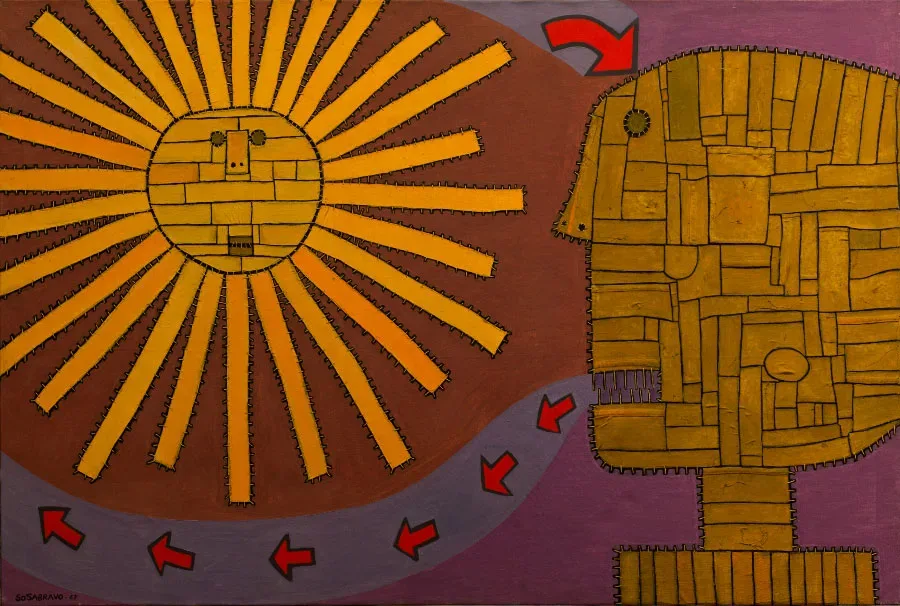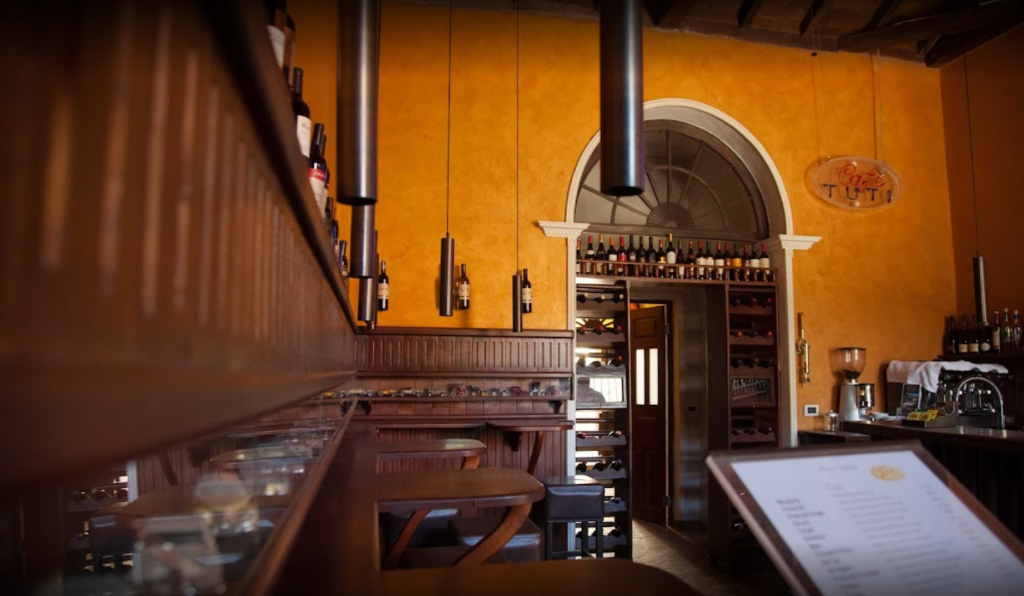Julio Girona (Manzanillo, Cuba, 1914 – Havana, 2002), painter, draftsman, caricaturist and also writer and poet, was a prolific creator who always seemed to act as if he wanted to escape from the manners and solutions that he himself generated. To look at his creations is to find every time objects and notes, persons that he knew or that he encountered at some point, quotidian marks transformed into “true art”, textures of walls and time, perspectives of the spaces visited here and there, that are revealed to us as the raw material of the poetic operations inherent in his expression…
His work is a summary of the human, interior and exterior. At a very young age he dreamed of travelling around the world and knowing the man wherever he was. At the age of 18 he left Cuba to discover other horizons. He travelled as much as he could almost without money; he slept even on the deck of ships, in train stations and in parks. He knew Greece riding a bicycle, he realized his dream of seeing the Egypt pyramids mounted in a camel, and he participated in the World War II as a volunteer. It was, in short, a restless life wandering around the world, and always rejuvenated with and by the work.
Julio Girona (National Prize of Plastic Arts, 1998) began to make incursions into painting around 1947, in the United States of America where he coincided with the beginnings and the height of the informalism, spread at the end of the 40’s and throughout the 50’s. During this period he used the gestural abstraction, and of the masses as a particular expressive dialect. Interested in the search of forms and structures, he managed to make his way in that jungle of constant competition.
Julio Girona stopped making caricatures and drawings to start painting, at the end of the world conflict. In New York he belonged to the Tenth Street group, of the United States of America’s abstract painters, where he met, and exhibited with, Kline, De Kooning, Rauschenberg and many others. From that moment on, he was dedicated to painting. In the abstraction, he makes a balance between active areas and quiet areas, trying to find the contrast, as in music. In many of them, he wrote words that became poems and books afterward. Meanwhile, he combined with crayons swirl thoughts from his childhood, in works motivated by children drawings seen in different exhibitions and on the streets. They are the New York Calligraphy, the series which preceded the gouaches in another abstract career. He grouped there musical calligraphies and dynamic counterpoints between brushstrokes and surfaces, as well as other objects from the daily sceneries that became signs of his pictorial discourse came from the informalism, the abstract expressionism and a certain atmosphere of conceptualism.
During the 70’s, the memories of the war emerged once again with his figurative drawings, of a great technical rigor and well defined lines that remain as trails of his accumulated experiences. The sad and horror faces that always returned and that would never abandon him belong to this period. Breaking up with the gray shades which invaded his palette for some time, the artist returned to the color. Joyful tones, green, orange, blue, arrived to his canvas without asking for permission, in a cavalcade of spontaneity in the drawing. Imperfect circles and squares took possession of his last pieces. They were intentionally flawed to provide interest and to take out rigidity. The women; full-length, facing, side, dressed or not; wander over the surfaces. He grouped sporadic returns to the feminine figure that bring to the light the autobiographical reminiscence of a person that seemed to always rejuvenate. Color occupies the space now, and makes forms, ideas of forms, silhouettes of elements which are signs. The artist leaves to the color and to the signs of the paintbrush, the extension of the brushstroke, the irregular measures of the square, the leading role. But the space is full of signs, signals that all they are is paint…There are many the characteristics that stand out from his paintbrush and his crayons. However, there is one that is truly special: the freshness of the expressive solutions coincident with the spirit of renewal of his compatriots, chronologically young, who lead today the changes in the approaches and language of the Cuban plastic art. With the unquestionable action of his own work, Girona proves at once how wrong the generations’ criteria are when they don’t acknowledge the possibility of progression and innovation in artists of mature years.
The dialogue with the artistic work of Julio Girona has a special richness because it situates us in a privileged land for exploring. As any painting that has a poetic and human root, it is an open window. There is nothing more stimulating than to enter through one of these windows the creator paints, with the expectation to find the marvelous.





